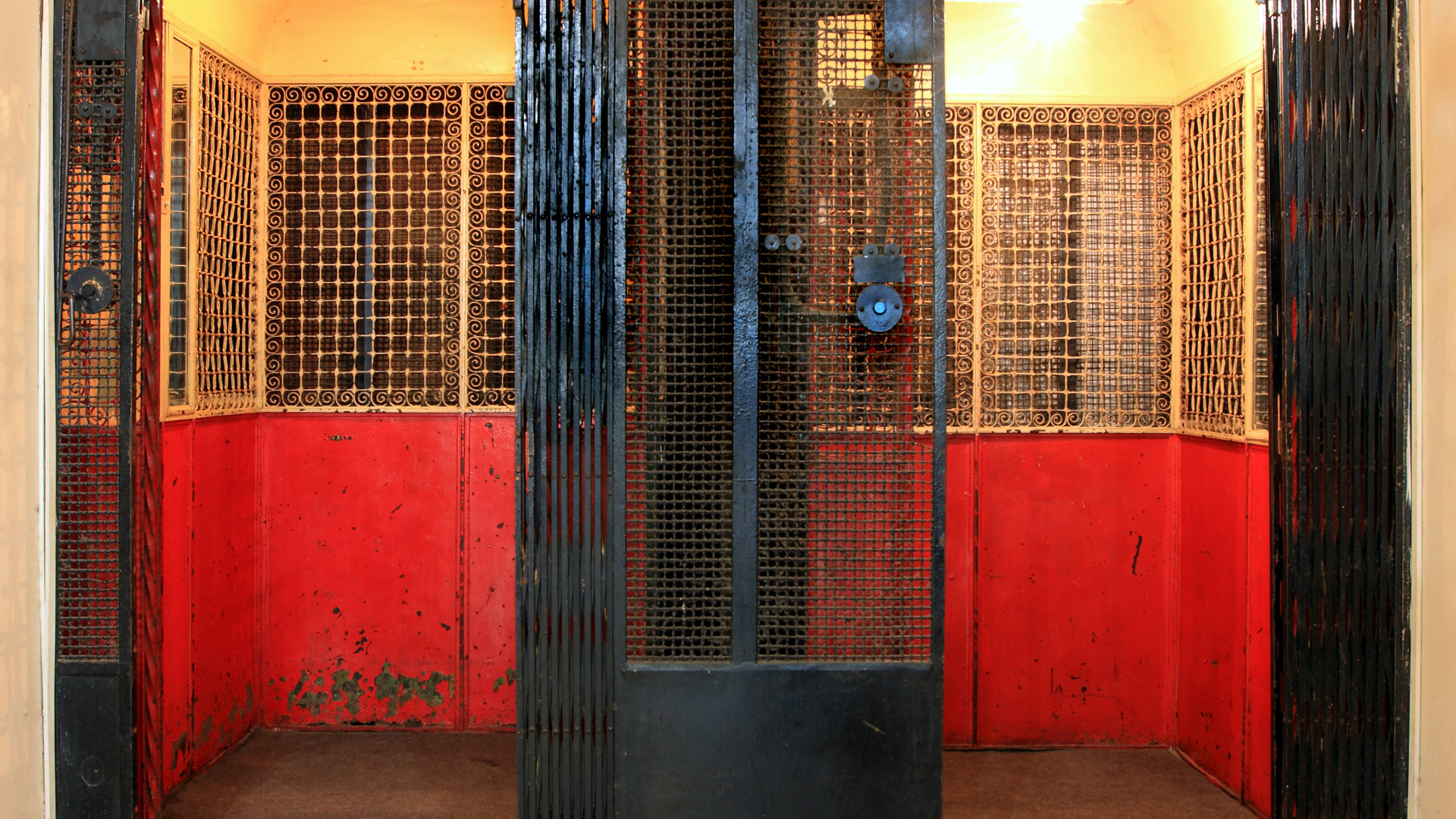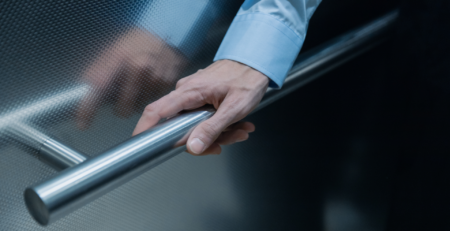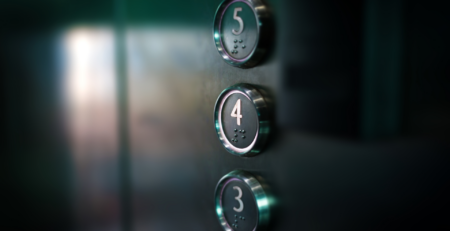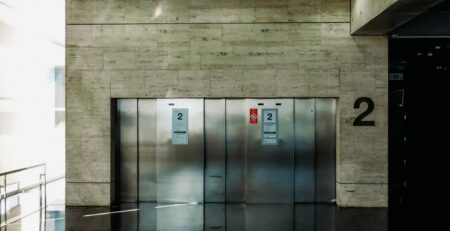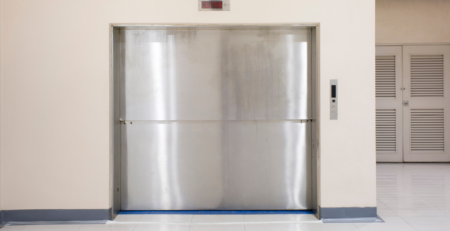Old Elevator Maintenance: Challenges and Solutions
Squeaking and creaking greet you as you enter your building’s elevator. You immediately wonder how long the old elevator will keep moving and if it’s safe to ride.
Research shows that US elevators make over 20 billion trips annually, with some dating back to the 1850s. An old elevator may allow people to feel like they’re stepping back in time, but it can pose huge risks and problems.
How can you keep your old elevator running like a dream and overcome nightmarish elevator safety hazards? Let’s explore the challenges an old elevator can pose and how to solve these challenges.
Old Elevator Mechanical Failures
An old elevator has delicate and complex mechanisms that may malfunction or break down over time. The doors may become damaged or wear out. Other elevator parts that could fail include the following:
- Sensors
- Brakes
- Cables
- Elevator motor
Issues with these mechanisms may cause accidents or delays in your building’s elevator. Preventing these problems is possible with regular elevator inspections. You may also need to hire a reputable elevator service provider to diagnose and repair or replace worn-out mechanisms.
Elevator Electrical Issues
Your elevator may face electrical problems like power failures. A power failure might happen due to a power surge, lightning strike, or blackout.
Power surges are sudden voltage spikes that may destroy or damage elevators’ electrical wiring. These can happen after blackouts, where buildings lose power temporarily and suddenly have their power restored.
Electrical failures may affect your elevator’s safety, operation, and performance. Hiring an electrician to check your elevator’s power supply quality and your building’s voltage level may help you solve or prevent electrical issues.
Sheaves
Worn-out elevator sheaves is another potential issue for old elevators. A sheave is a pulley that connects the elevator’s shaft, or the tall space where elevators can move down and up. Sheaves are used for hoisting ropes.
Elevator sheaves may wear out over time due to corrosion or friction. This can place additional stress on your elevator’s ropes, causing them to fail. Replacing the sheaves or regrooving them (re-cutting grooves to make them deeper) may help solve or prevent this issue. It will help ensure the right fit between your sheaves and the ropes.
Bearings
Your old elevator’s bearings may also malfunction. These elevator components support your elevator motor’s rotation and decrease friction. Malfunctioning may happen for the following reasons:
- Overloading
- Misalignment
- Improper lubrication
- Contamination
Bearing malfunction may cause motor failure, overheating, vibration, and noise. An elevator expert may perform a lubrication and oil analysis to check the quality of your motor bearings’ oil.
An expert may also install inductive absorbers to decrease an electric current called the common mode current. This current might flow through an unintended path and damage your bearings.
Elevator Malfunctioning Doors
Old elevators may have various door problems, like worn pulleys or guide rails. A damaged door pulley should be replaced since it may cause your elevator door to not close correctly. Damaged pulleys might also doors to stick or jam.
Guide rails are the metal tracks that guide elevator doors along their paths. These tracks may need to be adjusted or tightened if they become misaligned or bent, which may cause your door to not close.
Elevator Safety Hazards
An old elevator might not meet current safety codes and standards required for a modern building. They may lack adequate ventilation. Other missing items might include the following:
- Accessibility features
- Fire protection system
- Power source
These safety hazards may pose a serious risk to your building’s occupants and elevator passengers in an emergency. Updating or retrofitting your elevator with new systems and equipment may help prevent these problems. The new systems should comply with current best practices and regulations.
Expense Issues
Another challenge of old elevators is that they can be costly to maintain. An old elevator might require more frequent technician visits due to its complexity and age.
Old elevators might also be more inefficient than newer ones, consuming more energy. This may increase your elevator’s operational costs and decrease your building’s profitability.
Optimizing your old elevator to make it more efficient may help prevent these problems. An elevator service provider could install smart technologies like software, monitors, and sensors.
Sensors could enable your elevator to gather and analyze data. You can then monitor the elevator’s performance and work with an elevator repair company to improve its safety and functionality.
Data could be gathered on parameters like motion, temperature, smoke, and light. The information might go to a control unit, which can adjust your elevator’s energy consumption, route, direction, or speed as needed.
What to Expect from Maintenance
A quality elevator maintenance company can regularly check your elevator’s components to ensure they’re in proper working order. They can also offer grease and oil services to lubricate the moving parts. This will prevent your mechanisms from wearing out.
Choose a service provider with 24/7 availability. They’ll ensure your elevator runs safely and smoothly around the clock.
What to Expect From Repair Services
The best elevator maintenance provider is experienced in handling minor and major elevator repairs rapidly. Repairs might be needed to address vandalism or your elevator’s phone, push buttons, or handle door detector.
A repair company can also perform fire service and power testing. They can perform safety tests to ensure your elevator complies with today’s safety requirements, too.
What to Expect From Modernization Services
A modernization service provider can help you upgrade your building’s old elevator. They may do a full modernization or focus only on the elevator’s interior.
Other modernization options include a door or fixture upgrade. The right modernization approach can enhance your elevator’s aesthetics, safety, and performance.
How We Can Help Your Elevator
An old elevator may present several challenges, such as mechanical failures and electrical issues. Other potential problems with an old elevator include malfunctioning doors and safety hazards. You might also find that an old elevator is more expensive to maintain than a new one.
At City Elevator of Michigan, we offer high-quality elevator maintenance and repair services. We can also modernize your elevator to bring it up to code and make it more efficient. Schedule an appointment to keep your elevator in tip-top condition today!
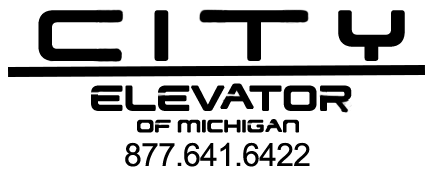
Sam Bruno is the driving force behind City Elevator, elevating the standards for elevator installation, maintenance, and modernization services. With an extensive background in mechanical engineering and a deep understanding of elevator systems, Sam has positioned City Elevator as a trusted provider of innovative and safe vertical transportation solutions. His commitment to excellence and safety ensures that every project delivers not only on functionality but also on reliability and design, enhancing the user experience for buildings of all types.

